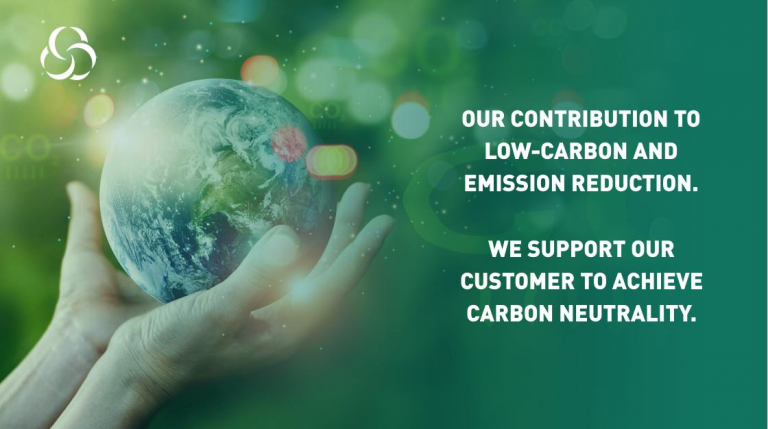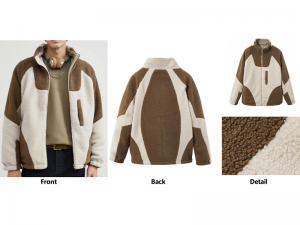The warmest type of fleece is typically high-loft or heavyweight fleece. Here are some of the warmest types of fleece and their characteristics:
1.High-Loft Fleece
Description: High-loft fleece has a fluffy, deep-pile texture that traps a significant amount of air, providing excellent insulation.
The hollow structure yarn is used for weaving. Under the same thickness, weight, and craftsmanship, the effect is fluffier, warmer, and lighter.
The higher the fluffiness, the larger the volume of the thermal insulation air layer stored, the better the thermal insulation effect, and the lighter and warmer it is.
Example: Patagonia’s R3 or The North Face’s High-Loft fleece jackets.
2.Heavyweight Fleece
Description: Heavyweight fleece is thicker and denser compared to midweight or lightweight fleece, making it ideal for extremely cold conditions.
- Warmth: The density is very high, and there is a lot of “air” wrapped between the fibers.
- Softness: The fiber fineness of heavyweight polar fleece is very fine, it feels very soft and comfortable, and it is more comfortable to wear.
- Wear resistance: The fiber has a high density, is not easy to pilling, and has strong wear resistance
- Strong practicality: The surface has waterproof properties, which can play a certain degree of waterproof role.
Example: Polartec 300 series fleece.
3.Windproof Fleece
Description: Some fleece jackets incorporate a windproof membrane (like Windstopper or Windbloc) between the layers of fleece, providing both warmth and wind protection.
One method involves adding a layer of windproof membrane within the fleece, such as adding a WINDSTOPPER polyester film.
The second type utilizes the fabric’s own density to achieve windproof effects. Compared to the former, this type of windproof fleece is more recommended as it offers much better breathability by leveraging the fabric’s density. However, a common drawback of windproof fleece is that the fabric tends to be quite stiff, resulting in a significantly reduced softness.
Example: Jackets with Gore Windstopper fleece.
Factors Affecting Warmth
- Types of yarn:regular DTY, hollow yarn, ATY, heat-retaining yarn, etc. Among them, the warmth performance is ranked as follows: heat-retaining yarn > hollow yarn > ATY > regular DTY.
- Weight: The higher the weight, the better the warmth.
- Loft:For the same type of yarn and weight, the higher the loft, the better the warmth.
- Knitting gauge:The higher the gauge, the denser the fabric, and the better the warmth.
- Structure:Features such as fitted cuffs, high collars, and drawstring hems help retain heat and block cold air.
For the absolute warmest fleece, look for high-loft or heavyweight options, particularly those with windproof features if you’ll be exposed to windy conditions.Welcome to contact us and discuss with us!




